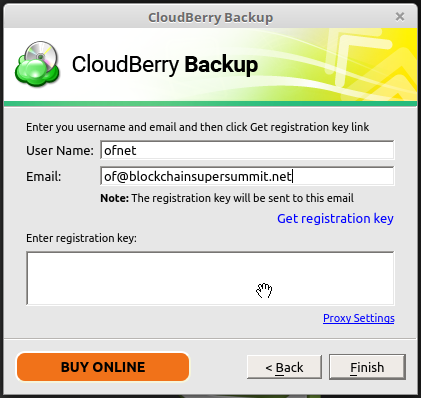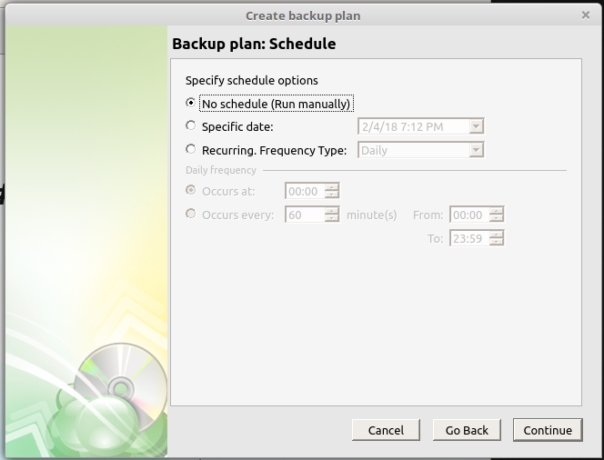

So, if the license price is “one time fees” per computer- you have to add the storage price to estimate the total cost of ownership of that solution.

Buying or renting the actual storage is up to you. Speaking of that, CloudBerry only provides the backup solution. Independently of eventual storage limitations imposed by your storage provider. Those limitations are limits enforced by the software. But it raises at 5TO for the “Pro” version and is unlimited for the “Ultimate” version.
Cloudberry backup for linux pro#
Pro version: Comes with advanced features: compression and encryption.Comes with most of the features of the PRO version, such as flexible scheduler and retention policies. Freeware version: Designed for personal use only.The currently available versions are (copied straight from the website): The Linux version is much less expensive than its Windows counterpart and even come as a “freeware” for personal use. But don’t panic: you won’t have to pay for that since there are free licenses available. But you will not be able to perform a backup until you’ve obtained a license. Getting CloudBerry Backup for LinuxĬloudBerry Backup for Linux can be freely downloaded from the editor website. Anyway, that’s how I would use it in “corporate” environment to manage backups on a server for example, or when working remotely through ssh. So I decided to focus today on the command-line interface while reviewing that product. The GUI interface is rather intuitive as you can see by scrolling through the product page. The tool provides both a GUI and a CLI interface. It’s a solution provided by CloudBerry Lab for “corporate and personal use”. Today I will review the CloudBerry Backup for Linux. Cloud-based Backup solutions have the wind in their sails.


 0 kommentar(er)
0 kommentar(er)
